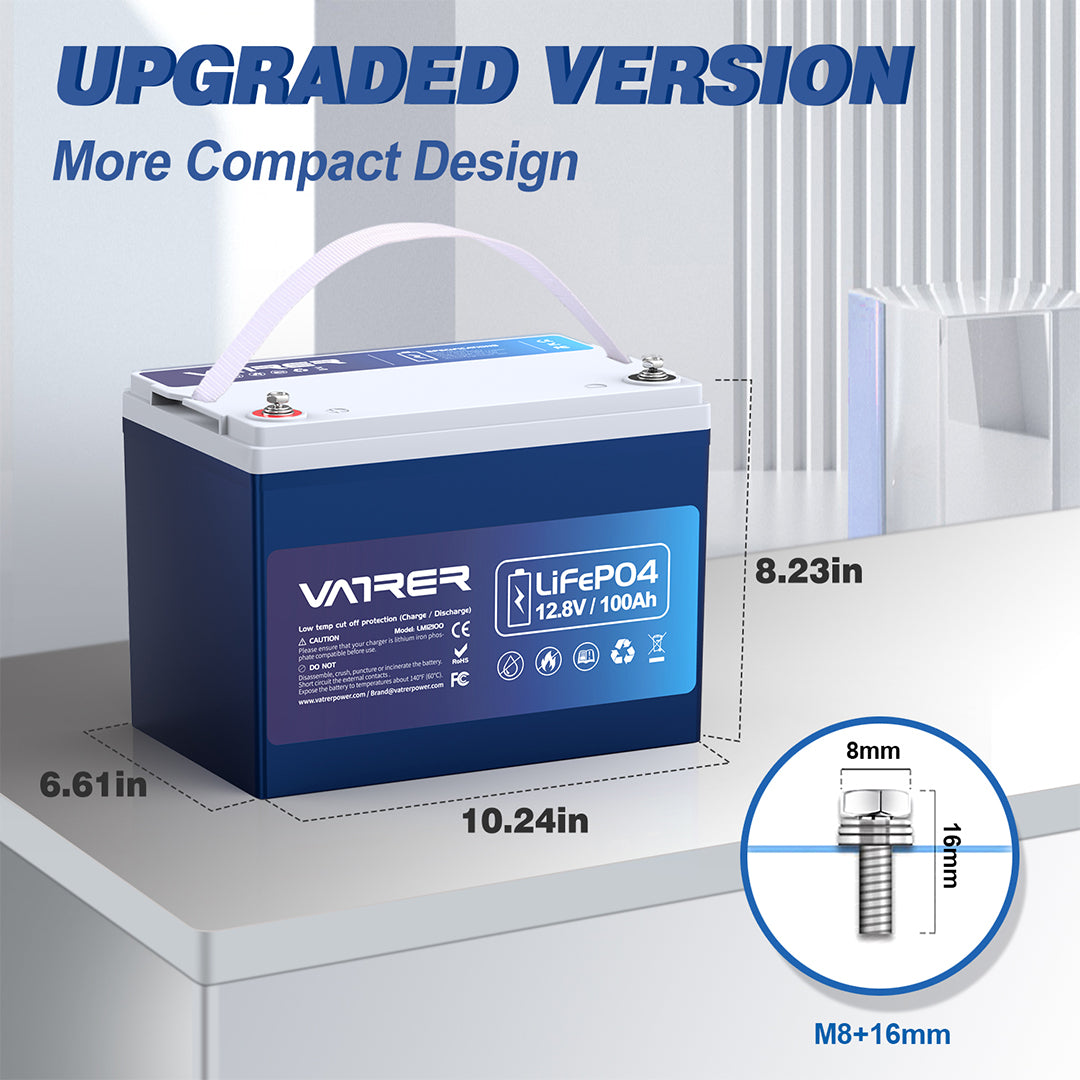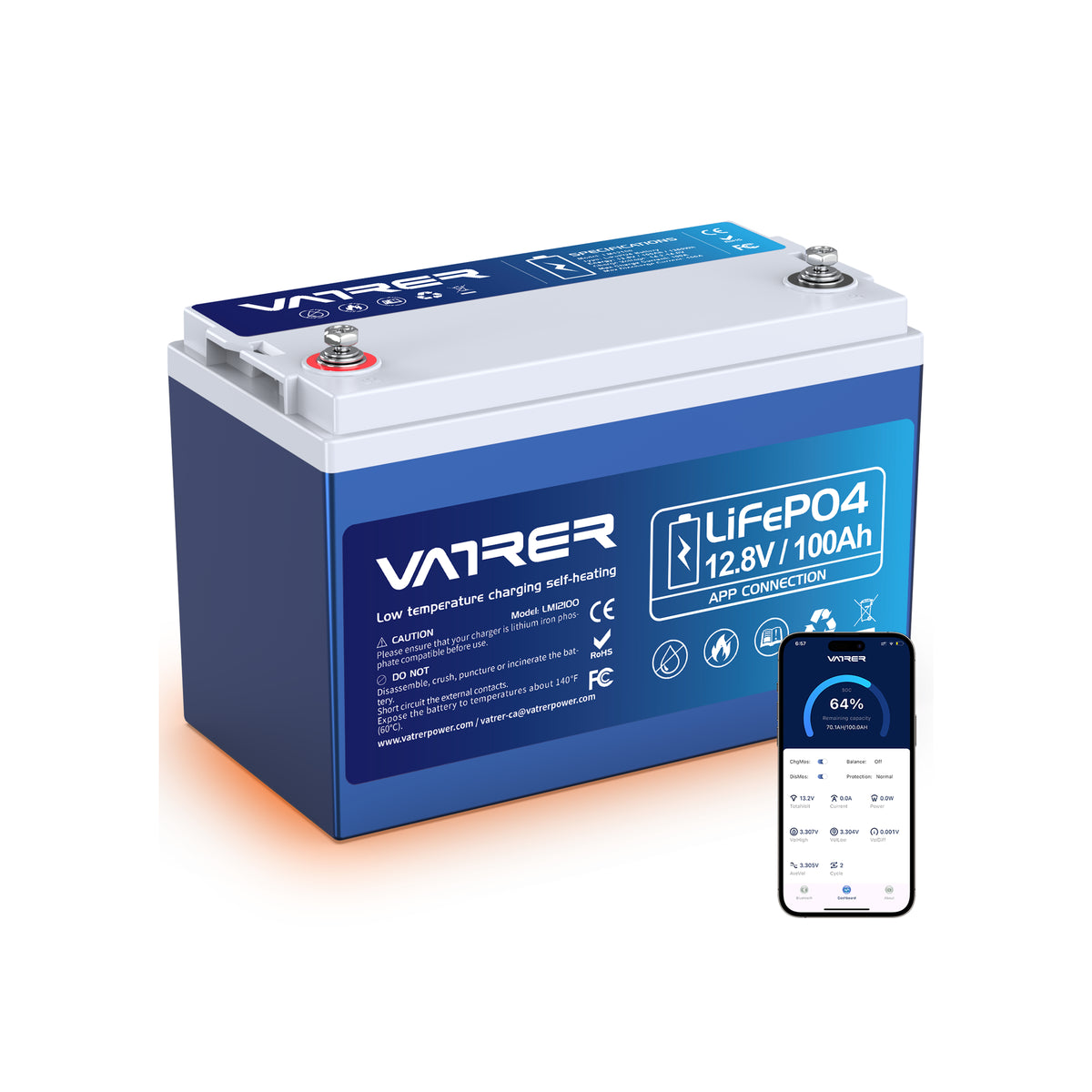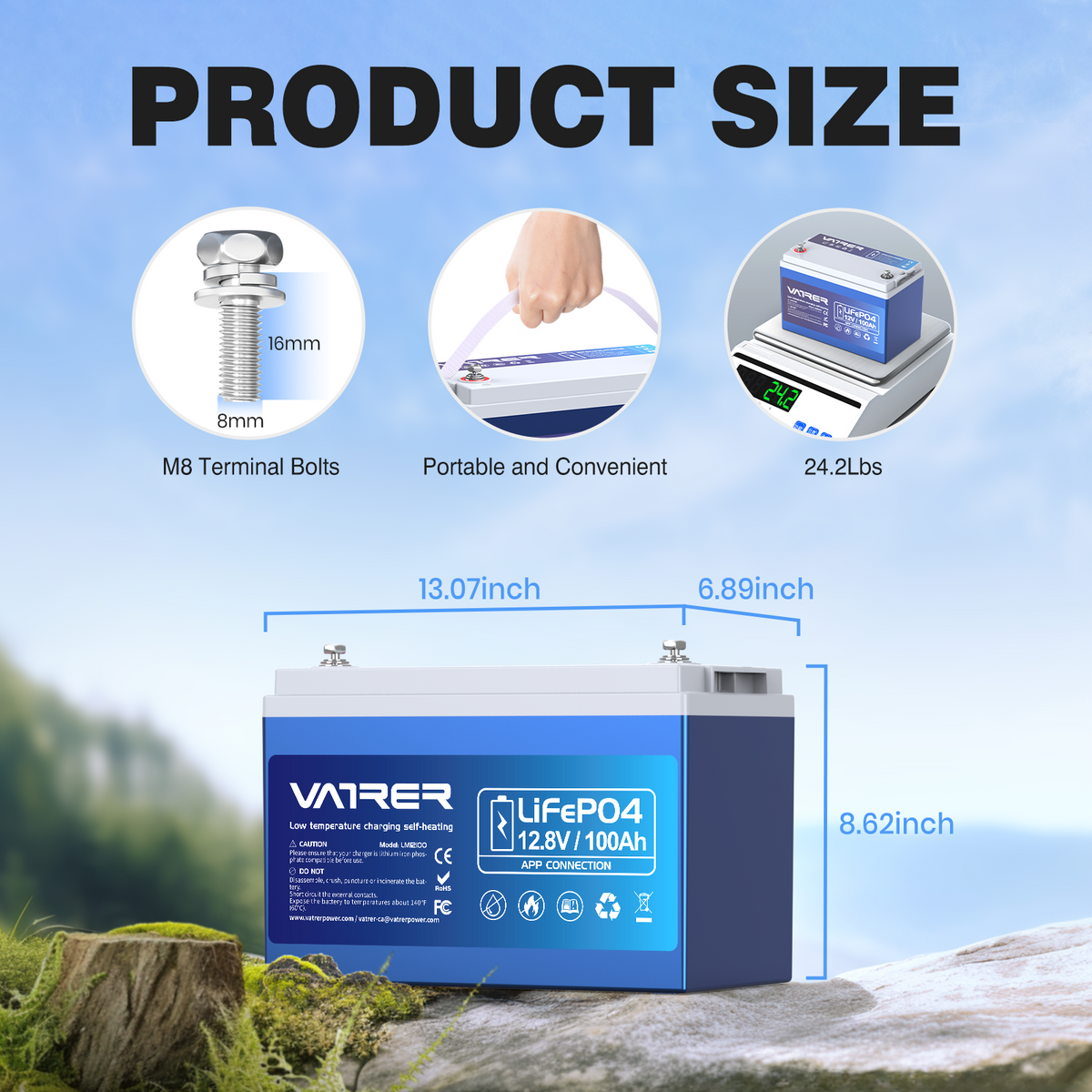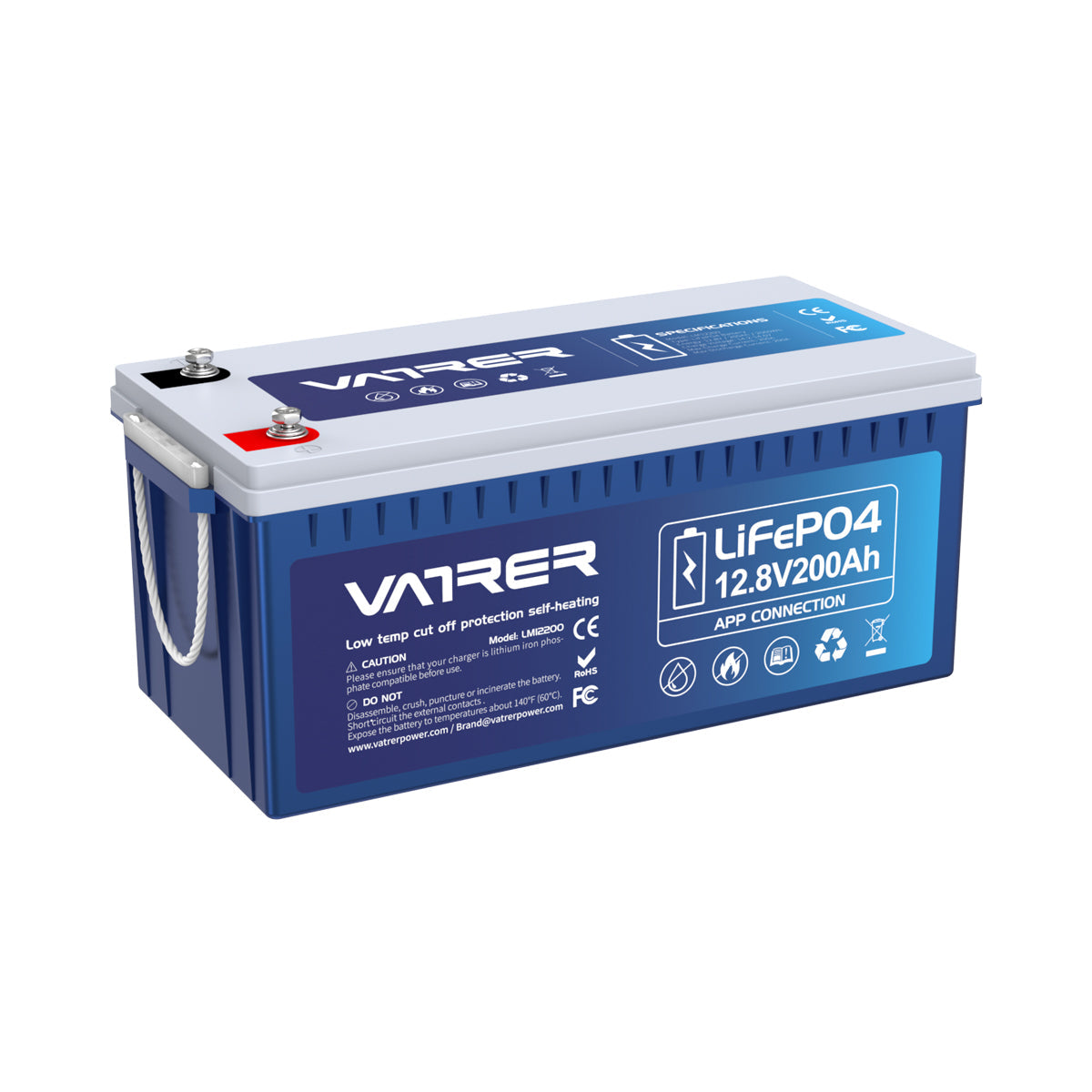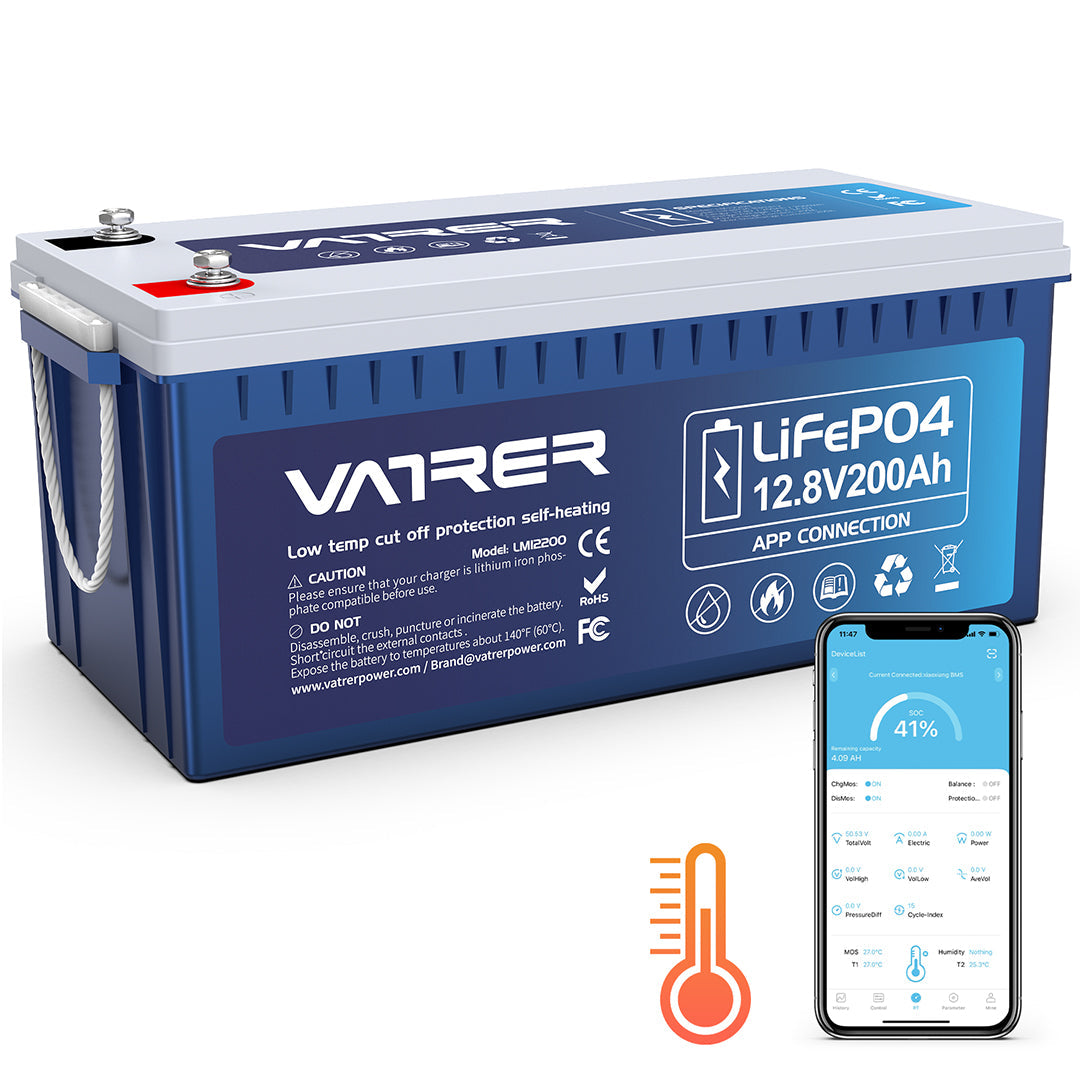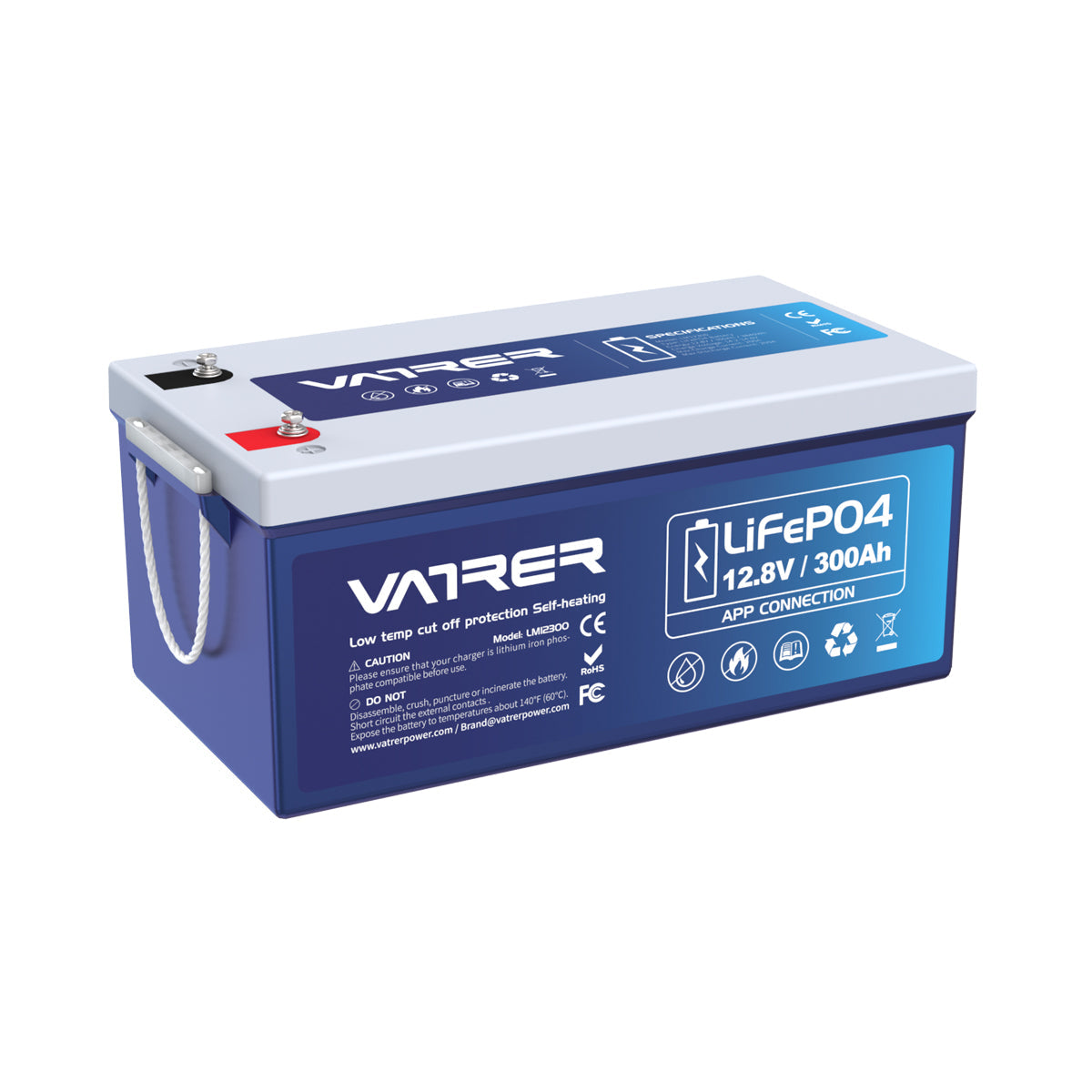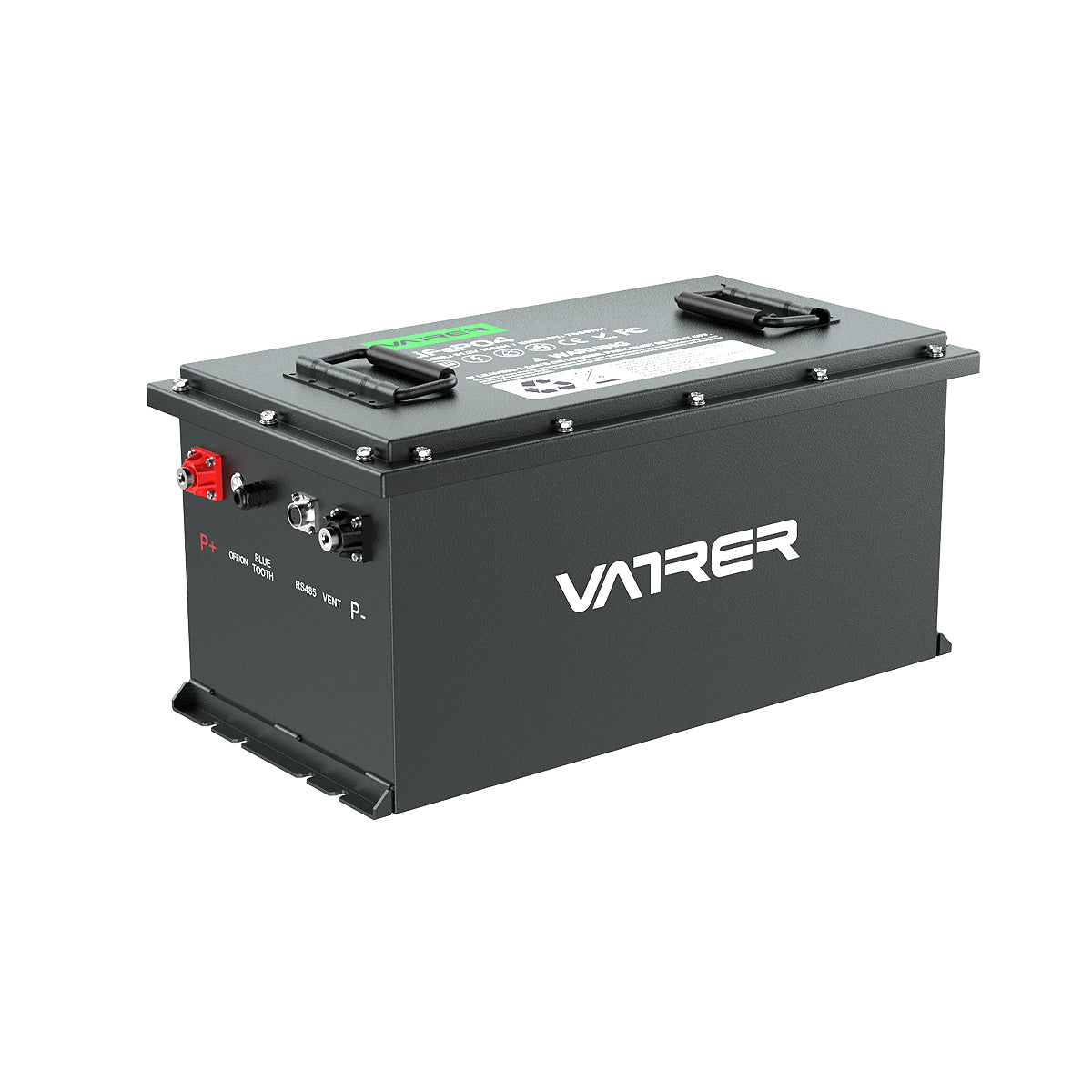1. Introduction
Importance of Proper Disposal
Lithium batteries have become an integral part of modern life, powering everything from smartphones to electric vehicles. However, their widespread use has brought about significant challenges in terms of disposal. Proper disposal of lithium batteries is crucial to prevent environmental degradation and ensure public safety. These batteries contain hazardous materials that can pose serious risks if not handled correctly. Therefore, understanding the importance of proper disposal is essential for both environmental protection and human health.
Environmental Impact of Lithium Batteries
Lithium batteries are composed of various materials, including lithium, cobalt, nickel, and manganese, which are considered critical minerals. When these batteries are improperly disposed of, they can leach toxic substances into the soil and water, leading to environmental contamination. Additionally, lithium batteries can cause fires in landfills due to their reactive nature, further exacerbating environmental harm. Recycling and proper disposal not only mitigate these risks but also conserve valuable resources by recovering materials for reuse.
2. Types of Lithium Batteries
Overview of Different Types
Lithium batteries come in several forms, each designed for specific applications. The two primary categories are lithium-ion (Li-ion) batteries and lithium metal batteries. Li-ion batteries are rechargeable and commonly used in consumer electronics, electric vehicles, and energy storage systems. Lithium metal batteries, on the other hand, are non-rechargeable and often found in small devices like watches and cameras.
Common Uses
Li-ion batteries are prevalent in devices that require high energy density and long life cycles, such as laptops, smartphones, and power tools. They are also crucial in the automotive industry, powering electric and hybrid vehicles. Lithium metal batteries are typically used in applications where long shelf life and reliability are essential, such as in medical devices and military equipment.
3. Risks Associated with Improper Disposal
Environmental Hazards
Improper disposal of lithium batteries can lead to significant environmental hazards. When these batteries end up in landfills, they can release harmful chemicals into the environment. The leaching of metals like cobalt and nickel can contaminate soil and groundwater, posing risks to ecosystems and human health. Additionally, the flammable nature of lithium can lead to fires, which release toxic fumes and contribute to air pollution.
Health Risks
The health risks associated with improper disposal of lithium batteries are considerable. Exposure to the toxic substances released by these batteries can lead to respiratory problems, skin irritation, and other health issues. In severe cases, exposure to high concentrations of these chemicals can result in neurological damage and other long-term health effects.
4. Regulations and Guidelines
International Standards
Internationally, there are several standards and guidelines aimed at ensuring the safe disposal of lithium batteries. Organizations such as the International Electrotechnical Commission (IEC) and the International Organization for Standardization (ISO) have developed standards that outline best practices for battery disposal and recycling. These standards are designed to minimize environmental impact and ensure public safety.
National and Local Regulations
In addition to international standards, many countries have implemented national and local regulations governing the disposal of lithium batteries. In the United States, for example, the Environmental Protection Agency (EPA) provides guidelines for the safe disposal and recycling of lithium batteries. Similarly, the European Union has established the Battery Directive, which mandates the collection and recycling of batteries to reduce environmental harm.
5. Methods of Disposal
Recycling Processes
Recycling is the most effective method for disposing of lithium batteries. The recycling process involves several steps, including collection, sorting, and material recovery. Specialized facilities are equipped to handle the complex chemistry of lithium batteries, safely extracting valuable materials like lithium, cobalt, and nickel for reuse. This not only reduces the need for new mineral extraction but also minimizes environmental impact.
Safe Disposal Practices
For individuals, safe disposal practices include taking used batteries to designated recycling centers or participating in take-back programs offered by retailers. It is important to tape the terminals of batteries to prevent short-circuiting and store them in a cool, dry place until they can be properly disposed of. Consumers should avoid throwing lithium batteries in regular trash or recycling bins, as this can lead to fires and environmental contamination.
6. Role of Manufacturers and Consumers
Manufacturer Responsibilities
Manufacturers play a crucial role in the lifecycle management of lithium batteries. They are responsible for designing batteries that are easier to recycle and implementing take-back programs to facilitate proper disposal. Additionally, manufacturers should provide clear labeling and instructions for consumers on how to safely dispose of batteries.
Consumer Awareness and Actions
Consumers also have a responsibility to ensure the safe disposal of lithium batteries. This includes being informed about the risks associated with improper disposal and taking proactive steps to recycle batteries. By participating in recycling programs and following safe disposal practices, consumers can significantly reduce the environmental impact of lithium batteries.
7. Case Studies
Successful Disposal Programs
Several successful disposal programs have been implemented worldwide, demonstrating the effectiveness of coordinated efforts in managing lithium battery waste. For example, the Call2Recycle program in North America has collected and recycled millions of pounds of batteries, preventing hazardous materials from entering landfills. Similarly, the European Battery Recycling Association has established a network of collection points across Europe, facilitating the safe disposal of batteries.
Lessons Learned
These case studies highlight the importance of collaboration between governments, manufacturers, and consumers in achieving successful battery disposal. Key lessons include the need for public education campaigns to raise awareness about the importance of recycling and the implementation of convenient collection systems to encourage consumer participation.
8. Future Directions
Innovations in Battery Disposal
Innovations in battery disposal are essential to address the growing challenge of lithium battery waste. Research is ongoing to develop more efficient recycling technologies that can recover a higher percentage of materials from used batteries. Additionally, advancements in battery design, such as the development of solid-state batteries, may reduce the environmental impact of battery disposal in the future.
Policy Recommendations
To improve the management of lithium battery waste, policymakers should consider implementing stricter regulations on battery disposal and recycling. This could include mandating producer responsibility programs, providing incentives for recycling, and investing in research and development of new recycling technologies. By taking a proactive approach, policymakers can ensure the sustainable management of lithium batteries.
9. Conclusion
Summary of Key Points
Proper disposal of lithium batteries is essential to prevent environmental harm and protect public health. By understanding the risks associated with improper disposal and following safe disposal practices, consumers can play a vital role in reducing the environmental impact of these batteries. Manufacturers and policymakers also have a responsibility to facilitate the safe disposal and recycling of lithium batteries through innovative solutions and effective regulations.
Call to Action for Responsible Disposal
As the demand for lithium batteries continues to grow, it is imperative that all stakeholders take action to ensure their responsible disposal. By participating in recycling programs, supporting policy initiatives, and staying informed about best practices, we can collectively work towards a more sustainable future. Let us commit to responsible disposal of lithium batteries and protect our environment for generations to come.










